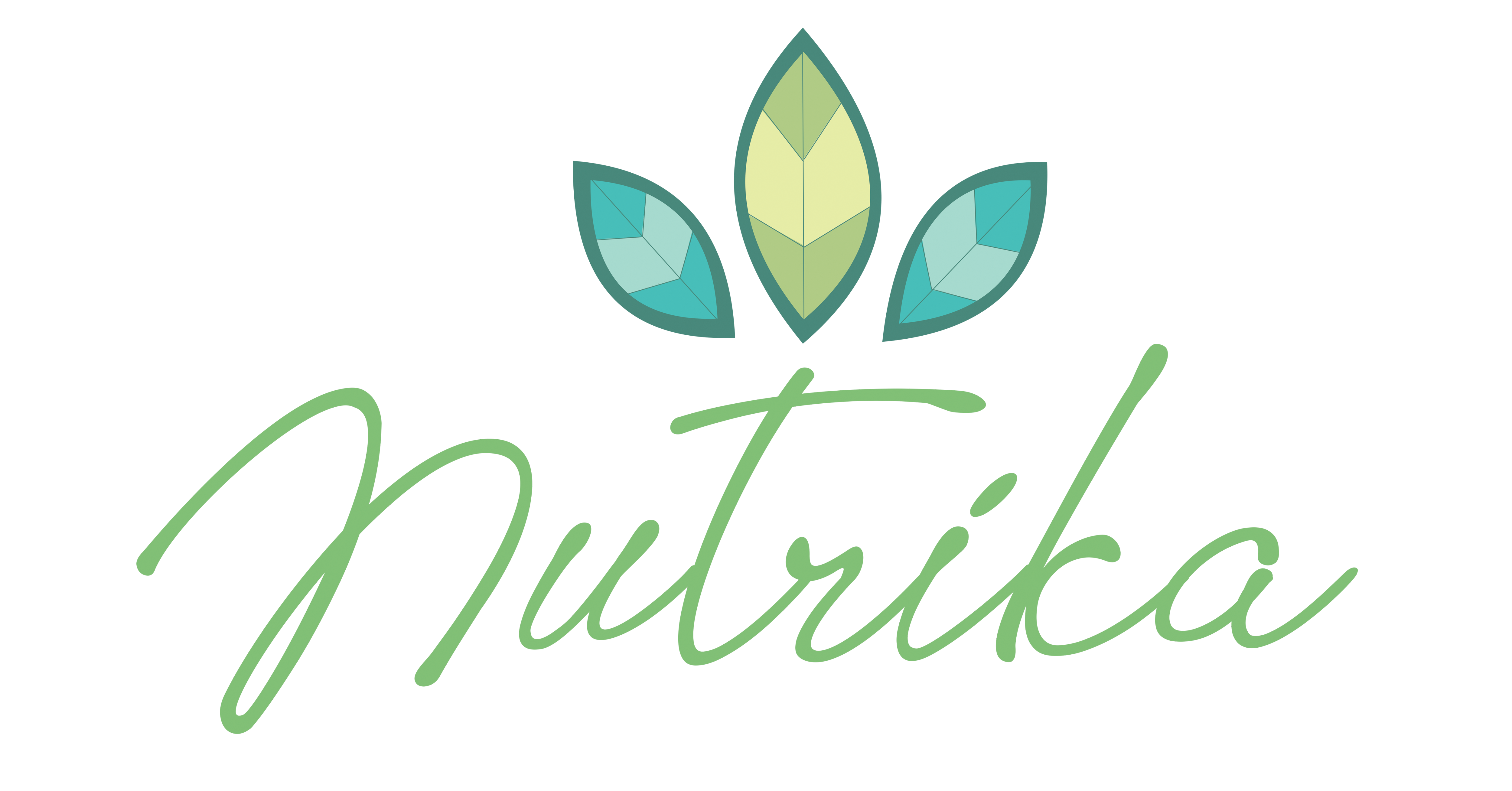The so-called stamp duty in English is imposta di registro in Italian. In short, it is a tax on the registration of a property. If you are looking for quality properties in rural locations of stunning beauty, Italy is a good choice. Today, this industry is growing rapidly and investors are finding many previously unknown but highly sought-after rural retreats in an idyllic setting. Today, tourism and real estate investments are generally concentrated in rural areas, and today some subsidies are available from the government to reform rural real estate. Healthy yields of 10-20% are achievable in carefully selected places. Use the form below to browse our online collection of quality properties in Italy. You can enter as much or as little information as you like, but entering more information will help you better find your ideal property. Whether you are an Italian citizen, an expat or simply a British resident looking for a holiday home, there are a number of bills to pay to the government. Here is your important guide to paying property tax in Italy in 2021-2022. It is expected that the tax base will be the only Italian municipality to apply the tax (IMU). The base rate of TASI is 1 per thousand.
The city council may, by decision of the council, set the rate (or revaluation) taking into account the restriction under which the sum of the TASI and IMU rates for each type of property under state law for IMU up to 31. December 2013 and does not exceed the maximum allowable rate of 10.6 per thousand and other marginal tax rates. compared to different types of real estate. For 2014, the maximum rate would not exceed 2.5 per thousand. For rural buildings for commercial purposes, the maximum rate of TASI could not exceed the limit of 1 per thousand. All rentals and rentals of Italian properties favorable to the property (including those related to rustic funds and determined by passive VAT) must be registered, regardless of their amount and if they last more than 30 days a year. For example, taxpayers who do not opt for the flat-rate taxation system must pay the registration tax. This is due as follows, depending on the lease or rental: The initial taxes on the purchase of your property are as follows: The levy for this type of property is calculated by multiplying the purchased value (or market value) of this property by 0.76%. The characteristics of this tax on foreign real estate are still unclear, and we will have to wait for clarification from the Italian tax authorities, but it seems likely that if the house is already taxed in the country where it is located, it will no longer be taxed in Italy.
The Valore katastale is usually lower than the actual sale price or the price of the market value of the property. RENTAL INCOME Non-residents who rent real estate in Italy are required to pay taxes on their rental income. Taxable rental income is usually calculated as rental income minus a 30% flat-rate deduction for repair and maintenance costs. Taxable rental income may not be less than 70% of gross income. The standard income tax rates are then applied to the calculated taxable rental income. The amount of tax you have to pay for the purchase of an Italian property can depend on a number of factors, for example. B from whom you buy it and if you buy it as a principal residence from that moment on or if it is a second home/holiday home. Here we break down each of the most important taxes to pay when buying Italian homes, including the calculation of the amount of tax to be paid and who has to pay them. You will also be taxed on the rental value of your home, even if you do not rent it. This tax is based on the tax value of the property and is usually very low. My personal (not professional) opinion is that investing in Italy is always a good deal, especially if your goal is to have a beautiful property and benefit from it when you are not in Italy taking advantage of the tourism market. However, nowadays (and this is my professional proposal), investors need to consider not only the cost of the investment, but also the cost of maintaining the property.
As I have said in previous articles, in Italy there are countless types of taxes levied at local, regional and national levels. While in many Anglo-Saxon countries, residents can prepare their own income tax reports independently of home, in Italy, tax laws change from year to year. .
